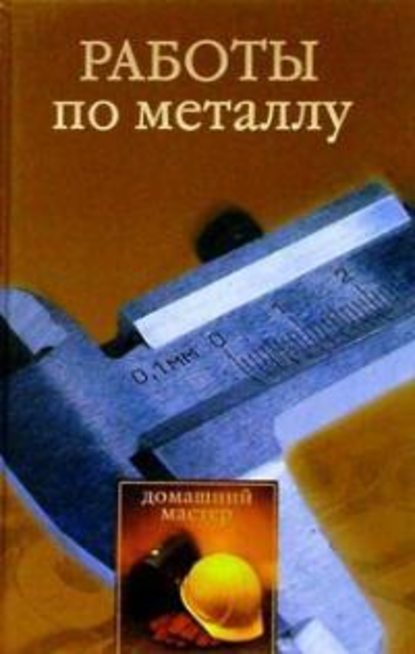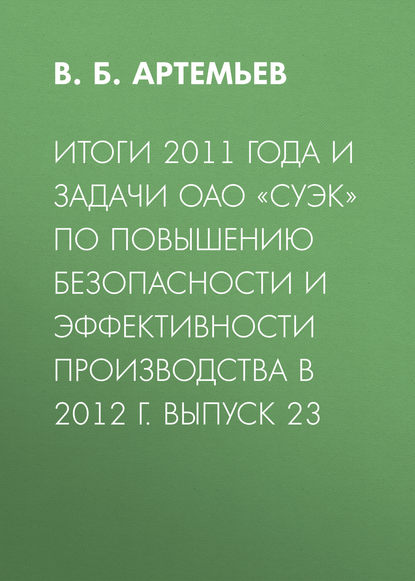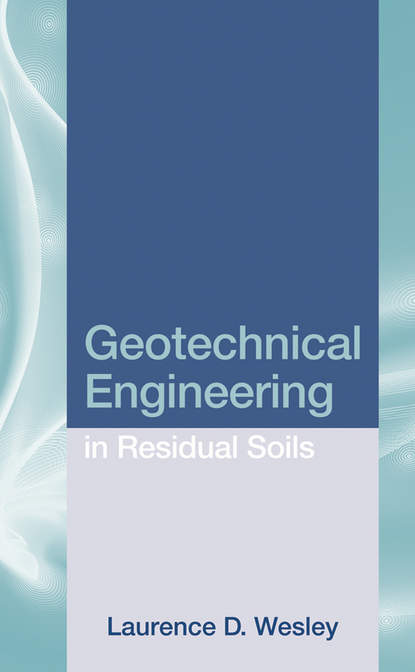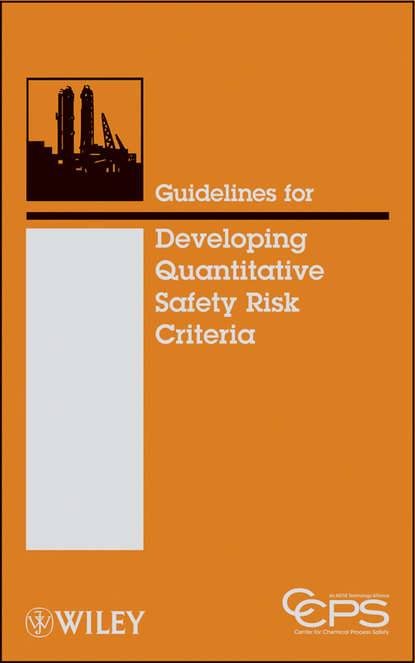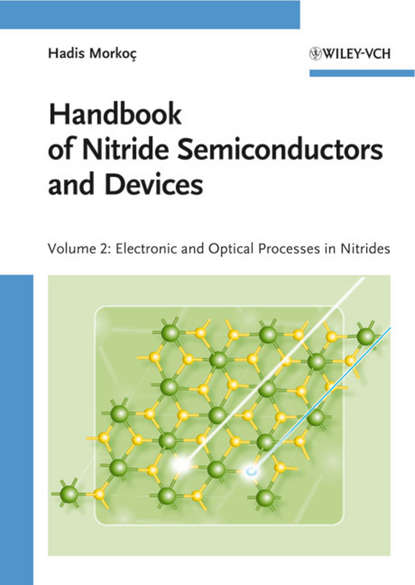Книга "Sweet, Reinforced and Fortified Wines. Grape Biochemistry, Technology and Vinification" описывает процесс производства особых видов вина, полученных путем контролируемой сушки винограда. Эти вина являются самыми древними, производятся в Средиземноморье и упоминаются уже в Геродоте. Книга рассказывает о том, что до недавнего времени считалось, что такие вина, как Педро Хименес, Токай, Пассито и Вин Санто, производятся путем простой сушки винограда на солнце или в теплицах без контроля температуры, относительной влажности и вентиляции. Однако, Амароне - одно из самых ценных вин в мире - является первым вином, в котором процесс сушки контролируется. Этот процесс изменяет виноград на биохимическом уровне и требует специального ухода за виноградником, технологии послеуборочной обработки и процессов производства, отличных от типичных процедур производства вина.
После истории производства винограда, книга делится на две части: научную и техническую. В научной части рассматриваются вопросы ухода за виноградником и технологии сушки винограда, а также их влияние на биохимию и качественные компоненты винограда, а также процессы винификации, которые позволяют сохранить первоначальные летучие соединения и цвет винограда. Техническая часть посвящена четырем основным классам вина: Амароне, Пассито, Педро Хименес и Токай. Книга также описывает сладкие вина, не полученные путем сушки винограда, и аналитические/сенсорные характеристики вин. Заключительная глава посвящена рынку этих особых вин. Книга предназначена для виноделов, операторов винодельческого производства, специалистов по послеуборочной обработке, управляющих виноградниками, студентов виноделия и агрономии, а также ученых в области переработки продуктов питания.
Wine from Grape Drying is the first work of its kind on grape drying - the regulated drying procedure which brings forth a particular group of wine. This branch of wine may be considered as the very old, having been developed in the Mediterrenean and described by Herodotas. Only a few years before, it had been believed that wine of this class - such as, as example, Pedro Ximenes, Tokaje, Passijo, and Vino Sanjo - is the outcome of grapes' regulated drying. Consequently, grapes were dried in the sun or in the shade. At the same time, natural controls set parameters of temperature and relative humidity, as well as.weslustoentorijaksu.However, Amarone is distinguished by the regulation of the growing process - grain dehydration - which changes microscopic conditions at the wine compound, involving specialist management in vines (special crops), measures after harvesting (which is taking place), and their production prospects are different compared to regular wine - making techniques. Treating this lively topic, the volume is split into scientific and technological sections. Foci of the scientific section include vineyards' management espaeedzinghuriskhcotechnology and how it influences the biological makeup and high quality fruit, plus buybes (operations). It also explores techniques for the preservation of volatil compounds from harvest and grape colour. Tianetal vertickedis [ose cocluded in several major categories of wine -.namely,Amaroney; Passito and Tokaj.They're also dedicated to discussions on various virii such as aromatic and sensory tests for themanas, which is regulated by wet markets.The concluding chapter briefly examines the conception for these characteristic beverages, currently available on the market. This book -hopefully for winwers' who wine producersmy,, cosnmeraagarwine artificers, expertisein the post harvesting, , managersand growers; of aesthetics/wine kollegers and agronomic scientists and nutrition experts.
Электронная Книга «Sweet, Reinforced and Fortified Wines. Grape Biochemistry, Technology and Vinification» написана автором Mencarelli Fabio в году.
Минимальный возраст читателя: 0
Язык: Английский
ISBN: 9781118569207
Описание книги от Mencarelli Fabio
Wines from Grape Dehydration is the first of its kind in the field of grape dehydration – the controlled drying process which produces a special group of wines. These types of wine are the most ancient, made in the Mediterranean basin, and are even described in Herodotus. Until few years ago, it was thought that these wines – such as Pedro Ximenez, Tokai, Passito, and Vin Santo – were the result of simple grape drying, because the grapes were left in the sun, or inside greenhouses that had no controls over temperature, relative humidity or ventilation. But Amarone wine, one of the most prized wines in the world, is the first wine in which the drying is a controlled process. This controlled process – grape dehydration – changes the grape at the biochemical level, and involves specialist vine management, postharvest technology and production processes, which are different from the typical wine-making procedure. After a history of grape dehydration, the book is then divided into two sections; scientific and technical. The scientific section approaches the subjects of vineyard management and dehydration technology and how they affect the biochemistry and the quality compounds of grape; as well as vinification practices to preserve primary volatiles compounds and colour of grape. The technical section is devoted to four main classes of wine: Amarone, Passito, Pedro Ximenez, and Tokai. The book then covers sweet wines not made by grape dehydration, and the analytical/sensorial characteristics of the wines. A concluding final chapter addresses the market for these special wines. This book is intended for wineries and wine makers, wine operators, postharvest specialists, vineyard managers/growers, enology/wine students, agriculture/viticulture faculties and course leaders and food processing scientists



